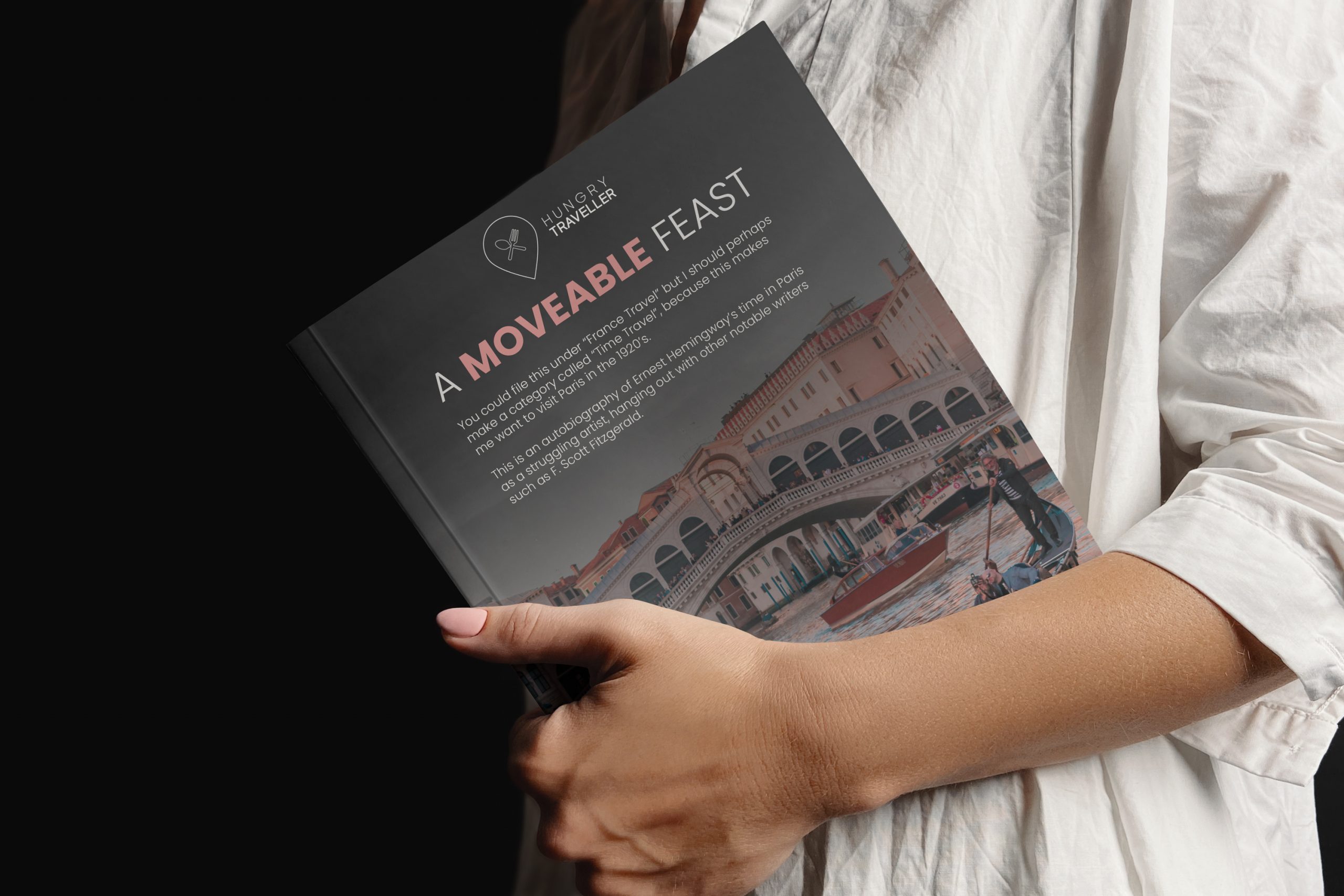Bookbinding is an art that has evolved over centuries, with each era leaving its mark on the design and construction of books. When we delve into the world of antiquarian books, we are not just exploring the contents of the pages, but also appreciating the craftsmanship that went into creating these treasures.
In the early centuries of bookbinding, manuscripts were often hand-copied onto parchment or vellum and then bound in wooden boards covered in leather. The bindings were typically simple, with leather straps or clasps to keep the book closed. As time went on, the art of bookbinding became more sophisticated, with techniques such as gold tooling and blind tooling creating intricate designs on the covers of books.
During the Renaissance period, bookbinding reached new heights of elegance and beauty. Bindings were often made of finely tooled leather, with ornate designs featuring elaborate motifs such as flowers, animals, and mythological figures. Gold leaf was used to embellish these bindings, adding a touch of luxury and opulence to the finished product.

In the 18th and 19th centuries, bookbinding went through a period of change as industrialization brought new techniques and materials to the craft. Cloth bindings became popular, offering a more affordable and durable alternative to leather. Publishers began to produce books in larger quantities, leading to the rise of mass-produced bindings that lacked the individuality and artistry of hand-bound volumes.
Despite these changes, the art of bookbinding continued to thrive in the hands of master craftsmen and artisans. The Arts and Crafts movement of the late 19th and early 20th centuries brought a renewed interest in handmade and hand-bound books, with artists such as William Morris and T.J. Cobden-Sanderson leading the way in creating beautiful and unique bindings.
Today, collectors of antiquarian books are drawn not only to the contents of the books themselves but also to the exquisite bindings that house these literary treasures. Each binding offers a glimpse into the time and place in which it was created, reflecting the styles and techniques of the era.
Whether it’s a leather-bound tome from the Renaissance, a cloth-bound novel from the Victorian era, or a hand-bound volume from the Arts and Crafts movement, each book tells a story not only through its words but also through its binding. The choice of materials, the design elements, and the craftsmanship all come together to create a work of art that is as much a pleasure to behold as it is to read.
As we explore the world of antiquarian books, we are taking a journey through time and literature, appreciating not only the stories contained within the pages but also the artistry and skill that went into creating these beautiful and enduring works. The evolution of bookbinding is a testament to the enduring appeal of these treasures, reminding us of the importance of preserving and cherishing our literary heritage for generations to come.